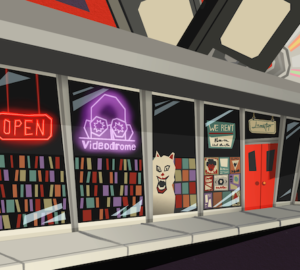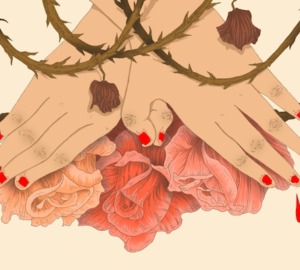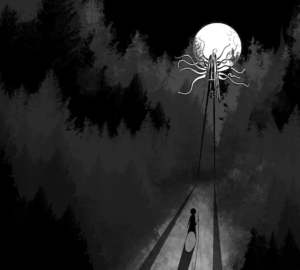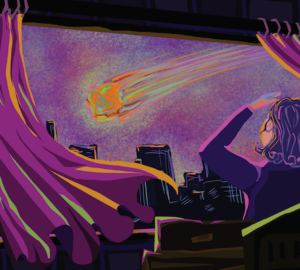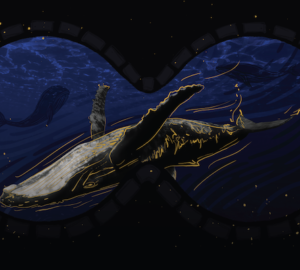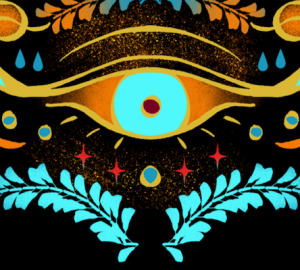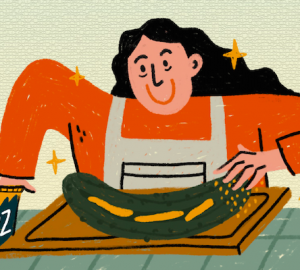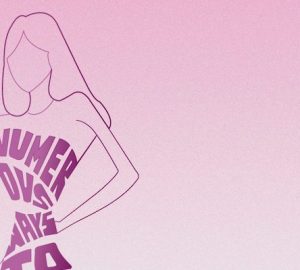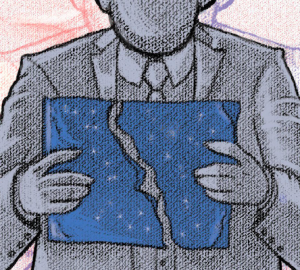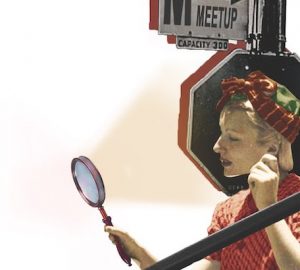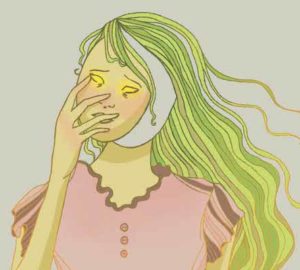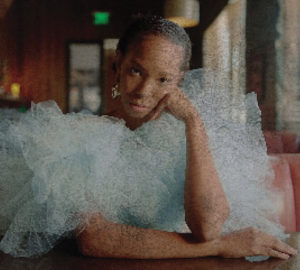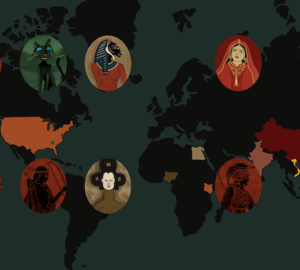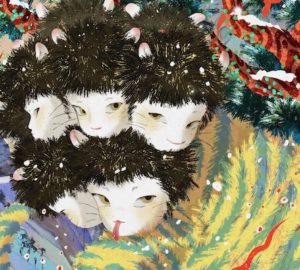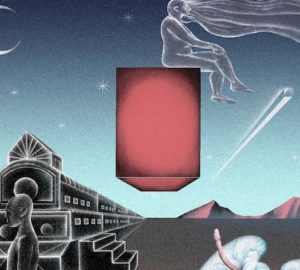Written by Eva Erhardt
Illustrated by Ernest Brants
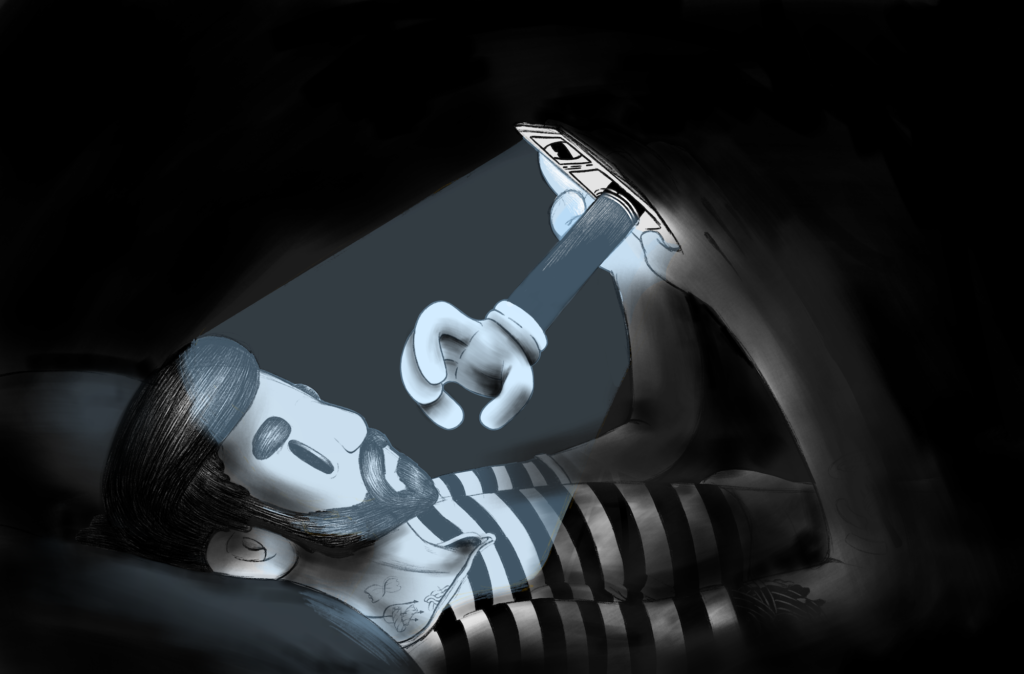
Folklore, both written and verbal, has been a building block for all cultures since the beginning of time, shaping tradition, celebrations and fears. As it evolves into the information age, we see the emergence of the controversial and illusive genre of “Creepypasta,” named aptly as a blend of “creepy” and “copypasta” — i.e: creepy, viral, copied and pasted.
Although the origins of Creepypastas are still widely unknown, its early form emerged from the depths of the early internet, birthed from mysterious chain emails in the 1990s, later posted on to message boards. Many believe that the earliest known Creepypasta is Ted the Caver, a short story about a young man exploring a mysterious cave. Posted on Angelfire in 2001, the story was posted as a blog and gained traction due to its “Blair Witch” style of storytelling. The author had posted day after day for months, updating his audience about the horrors he was finding in his local cave. The final blog entry leaves on a cliffhanger, leaving readers to presume that Ted had succumbed to the mysteries of the cave. Thanks to the blog platform’s factor of realism, many readers didn’t know if Ted’s story was fictional or a true account, ultimately causing its quick spread across the internet, setting the score for subsequent Creepypastas.
The stories eventually outgrew chainmail and rudimentary blogs and found a home on Creepypasta.com in 2008. The Creepypasta Wiki and famed Reddit forum r/Nosleep followed soon after in 2010, turning what was a subgenre of internet lore into a real presence in popular culture.
Slenderman, the faceless poster child of online horror, was born out of a Photoshop contest on Something Awful in 2009, which asked users to digitally craft their spookiest paranormal encounter. User Eric Knudsen (under pseudonym Victor Surge), submitted two black and white photos depicting a spindly faceless man dressed in a suit looming over a group of children. They stood out from other entries by their captions, the first of which read:
“We didn’t want to go, we didn’t want to kill them, but its persistent silence and outstretched arms horrified and comforted us at the same time …” — 1983, photographer unknown, presumed dead.
And the second:
“One of two recovered photographs from the Stirling City Library blaze. Notable for being taken the day which fourteen children vanished and for what is referred to as “The Slender Man”. Deformities cited as film defects by officials. Fire at library occurred one week later. Actual photograph confiscated as evidence.” — 1986, photographer: Mary Thomas, missing since June 13th, 1986.
With the added text, Knudsen had transformed his meager Photoshop experiments into a piece of fiction ready for interpretation and expansion, not unlike a classic piece of folklore. It went viral quickly, sparking countless works of fanart and derivative creepypastas, transforming Slenderman from a two-photo contest entry into an expansive form of mythos, catching like wildfire through the early 2010s internet and thrusting the genre of Creepypasta into the mainstream.
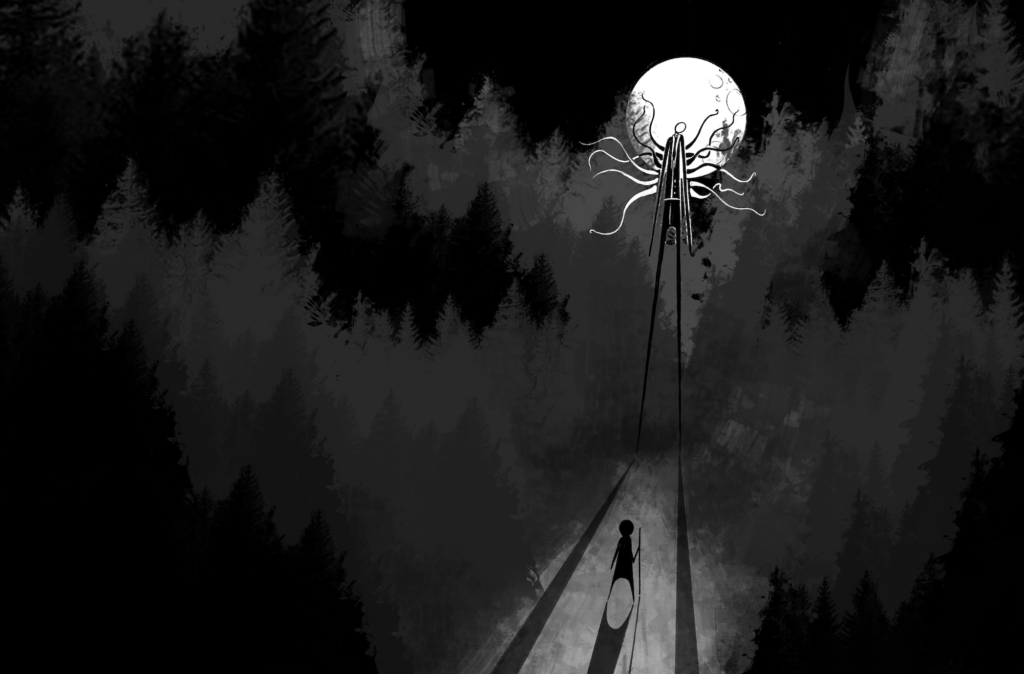
At this point, it was common to find Slenderman merchandise, games and movies, with their target audience being Millennials — the first generation raised with the internet, who, as young as they were when the first Creepypasta came out, certainly knew how to access the stories, despite their age-inappropriate subject matter. Children’s imagination and vague yet realistic lore are sure to create complications. At a young age, it can be difficult to process and understand explicit or frightening content. The affair becomes even more muddled when combined with untreated mental illness, creating the perfect storm in a young mind. This was exactly the case in the 2014 “Slenderman Stabbings,” resulting in the near death of a preteen girl. Creepypasta took a hit, as the media blamed both the genre and the community for the incident. Parents were outraged at the stories their children were consuming during their sanctioned “internet time.” The genre was condemned and, as the news cycle eventually moved on, lost its sensational grip on popular culture.
Currently, Creepypastas are still being created, although at nowhere near the rate of the 2010s. But just like how folklore survives alongside culture, Creepypasta as a genre will persist as long as the internet is there. Myths and legends never really take the center of our lives anymore, but any storyteller worth their salt knows where they live — on the fringes of culture, in the back of our memories, waiting to be rediscovered, ready to be retold.


